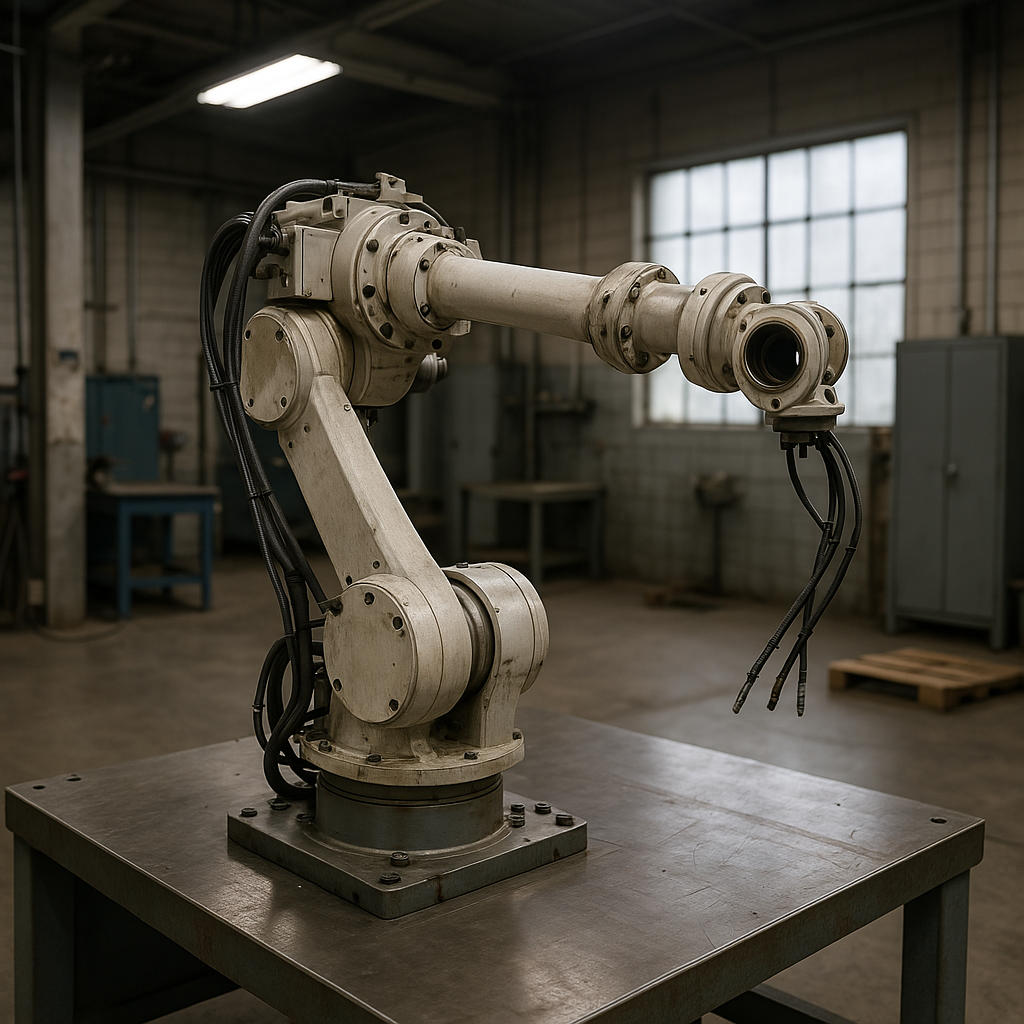Introduction
What is partly completed machinery?
The supply of machinery regulation defines partly completed machinery as follows.
....an assembly which is not yet machinery as it cannot in itself perform a specific application and which is only intended to be incorporated into or assembled with machinery or other partly completed machinery or equipment, thereby forming machinery.
UK supply of machinery regulations 2008
Like any legal definition it is not always easily understood and is easily misinterpreted. This is what our machinery safety consultant has to say on the topic…
Partly completed machinery is a piece of machinery which by itself cannot perform any specific function. Consider a 6-axis robot, supplied on its own a robot cannot do any specific task other than move around in the air. It is the integration of a bespoke end of arm tooling (EOAT) and external cell which allows a robot to do what it does best 'pick and place'. A robot is therefore the most common example of a partly completed machine.
Thomas Eccles CMSE
Another example which is a bit more of a head twister is a conveyor belt. On its own the belt can perform the function of moving product from one point to another, so how can this be classed as partly completed machinery?
Let’s say your specific function is not only to move the product but also cut, drill and shape the product to a specific size. To do this, you will need to integrate multiple pieces of equipment into a line to perform the required function, this is when partly completed machinery comes in. Yes, each piece of equipment within the line can perform a specific function. However, they cannot perform the specified function required, only the fully functioning line can. Therefore, the equipment cannot be classed as functional until all the pieces are integrated, this means that all the machinery within the line will be classed as partly completed machinery.
Why does it matter?
Understanding how to define your machinery, is understanding your accountability. If you supply a complete machine, you are taking the accountability for that machine’s safety and use. Hence the reason a Declaration of Conformity (DoC) is supplied. This states that the equipment is in adherence will all the relevant regulations and applicable standards. Fully CE/UKCA marked and ready to be put on the open market.
However, if you supply a partly completed machine, you only take accountability for the parts which you supply. It is then the job of the integrator to ensure the final product is fully compliant and safe to use.
This is why partly completed machinery will never be issued with a DoC and instead issued with a Declaration of Incorporation (DoI). Along with that they will never be issued with a CE/UKCA mark as they are not a complete machine.
Conclusion
Partly completed machinery is the pivotal point in modern manufacturing which allows custom design solutions. It is not always possible for one machine to do the task. Providing machinery which can be integrated together to perform almost any function is what allows industries to progress.
It is defined in the supply of machinery regulations to allow the integrator to ensure the final product is in line with regulations, the final product is safe and affix the CE/UKCA mark.

